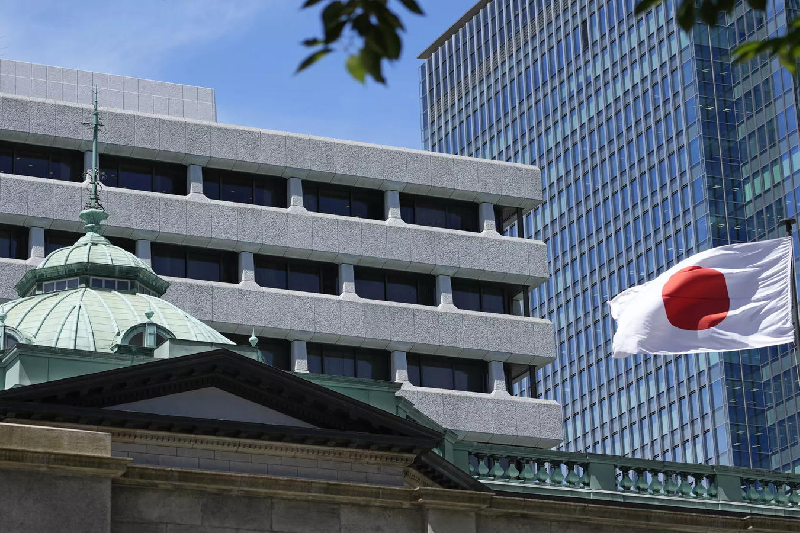
Bank Of Japan Maintains Ultra-Loose Monetary Policy To Boost Economy
The Bank of Japan, Japan’s central banking authority, has decided to maintain its current monetary policy, which is termed an ‘ultra-loose’ policy.
This means they are keeping interest rates very low, in fact, in negative territory. Specifically, the short-term rate is at -0.1%. This is unusual because it means banks are charged for holding money, encouraging them to lend more.
Why is the Bank of Japan doing this?
Their main goal is to increase spending and investment in Japan’s economy. They believe that by making money cheap to borrow, people and businesses will spend more, which can help the economy grow.
There’s also a focus on inflation – the rate at which prices rise. Japan has an inflation target of 2%. In simple terms, they want prices to go up just a little bit each year. This is seen as healthy for the economy. But they’re waiting to see if wages – the money people earn from their jobs – will increase enough to keep up with this inflation.
Keep Reading
How does this matter to the rest of the world?
Japan is a major global economy. What happens there can affect financial markets and economies worldwide, including the United States. For example, if Japan’s economy grows, it could mean more opportunities for American businesses and investors.
Another interesting point is how Japan’s approach compares to other countries. Many central banks, like the Federal Reserve in the U.S., have been raising interest rates to control higher inflation. Japan’s decision to keep rates low is out of step with this trend.
Finally, there’s speculation about when the Bank of Japan might change its policy. Many experts think they might start to move away from these ultra-low rates next year, possibly in April.
This would be a big deal because it’s been many years since Japan had higher interest rates. But now the country is following an uncommon policy. The world is watching closely, as any changes in their policy could have ripple effects globally.




